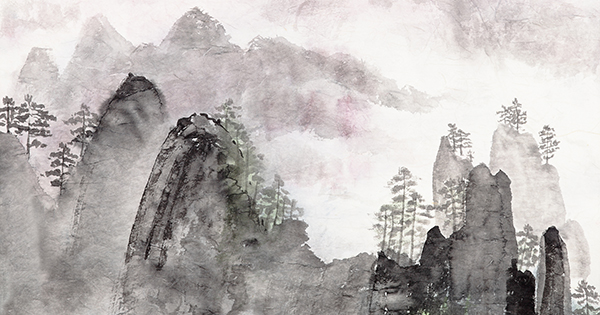Although the Xiao Jar of Li Yi Yu is comprised of small stances with Li Yi Yu being the teacher of Hao Wei Chien (1849-1920), it is actually the first form of Wu’s Taijiquan that bears the closest resemblance to the Wu/Hao form that we see today.
Xiao Jar the third form is very short and is comprised of some movements from the first and second routines. It is probably the strangest looking of the 3 forms in terms of martial arts application, but one can see the connection with the Wu/Hao form of the future.
Returning to the timetable, there are connections of names that should be stated. Li Qi Xuan (1835-1899) student of Wu Yu Xiang, is recorded as studying from a book written by Chen Ching Ping in 1854.
The lineage chart in Sun Jian Guo’s book is shown with 2 main branches. Li Qi Xuan’s branch is very short with only a few students. Li Yi Yu’s lineage on the other hand continues today, but breaks off into the Hao family. Although the Hao family ends with Hao Yue Ru (1877-1935) in the chart shown, the book does discuss both he and his son and successor, Hao Shao Ru, stating in fact that Hao Shao Ru studied the Wu, Li, and Hao family’s Taijiquan. Hao Shao Ru’s postures can be seen in “The Dao of Taijiquan” authored by Jou Tsung Hwa.
The locations featured in this book are absolutely enchanting and appear to be at a temple. There are two items for training purposes shown on the grounds.
One is a thin wooden plank which runs over and partly above a body of water. On it the author is seen practicing with one of his students with left forearms touching and right arms placed downward near the right hip with the right palm down and fingers pointing forward.
The second apparatus are the logs on which the author assumes 2 postures. One is a single footed stance, and the other is a posture resembling the Yang family’s “Snake Creeps Down”. There are 3 rows of 3 logs with one row of two. The author places one foot on the first log of one row, and the second foot on the last log on the next row.
According to research, there is a 4th form in this tradition but that is not presented here. It is supposed to be very difficult to perform, exceeding the difficulty of Cannon Fist.
It seems today that there is no longer such a thing as martial arts, there is only martial arts business.
Fortunately for us, Wu Yu Xiang was above this philosophy, otherwise in his case especially, we would never have had this knowledge.
He wasn’t practicing or teaching for money, he already had it. Wu Yu Xiang also didn’t teach Yang Lu Chan’s eldest for money, but as a favor to Yang Lu Chan. There is a very nice story about Wu and Yang’s son.
One small article is hardly enough of a worthy tribute to the accomplishments of Wu Yu Xiang, Li Yi Yu, and Li Qi Xuan in their systems of Taijiquan, but it’s a good introduction.
Let us all kowtow at least in spirit, to the lineages of the boxers of old, and to Sun Jian Guo as well.
This article is dedicated to boxers everywhere who have lost teachers, students, and loved ones in the boxing world.

Leave a Reply